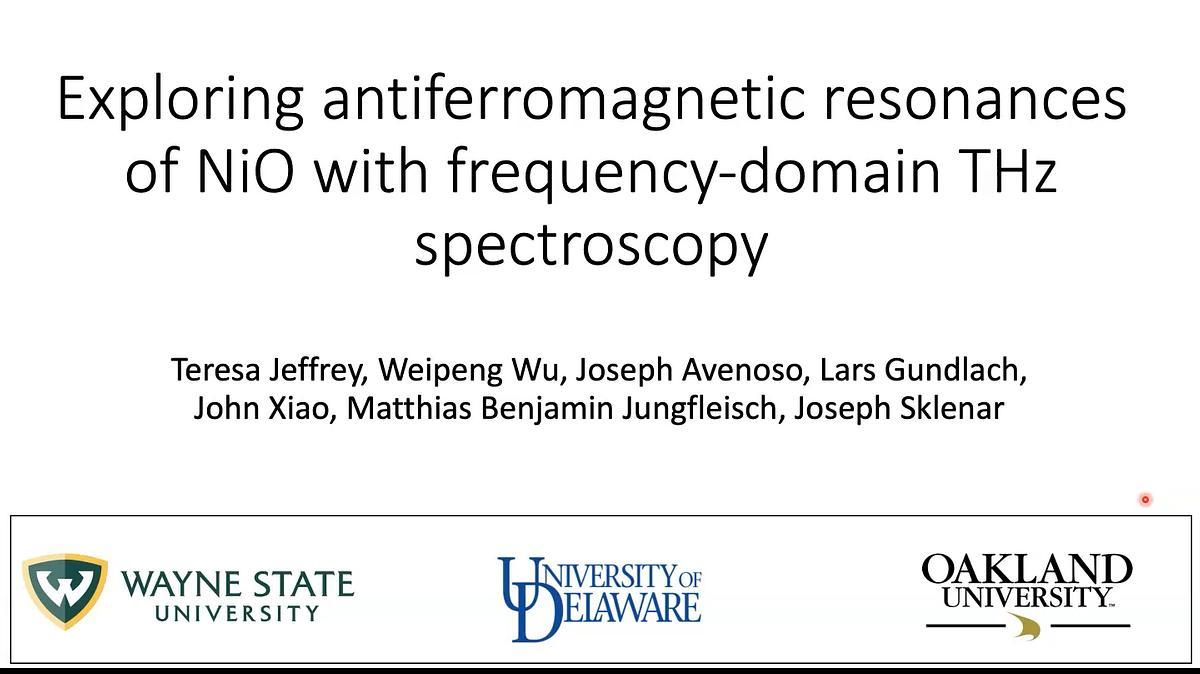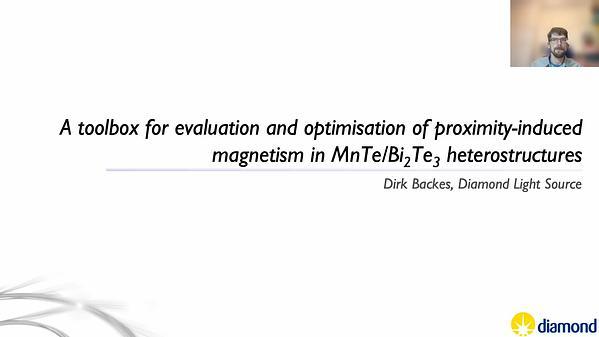
Premium content
Access to this content requires a subscription. You must be a premium user to view this content.

technical paper
Exploring antiferromagnetic resonances of NiO with frequency domain THz spectroscopy
The characterization and analysis of magnetization dynamics and magnetic damping of antiferromagnetic magnons is important in the field of antiferromagnetic
spintronics. This is primarily because antiferromagnets have magnetic resonances in the THz range as compared to ferromagnetic resonance which tends to occur in the GHz range. In this
work, we employ frequency-domain THz spectroscopy to explore the antiferromagnetic resonance frequency associated with monocrystalline NiO 1. Specifically, a continuous-wave THz
spectroscopy system is used to measure the antiferromagnetic resonance of three NiO cuts (111), (110), and (100). To find the absorption peak, a reference measurement is taken in addition
to the NiO measurement. Raw data from the reference and NiO can be visually compared to see two effects: the THz system instrument response and Fabry-Perot interference pattern.
During analysis, the instrument response and Fabry-Perot pattern are subtracted so that a clear absorption peak at the resonant frequency of NiO can be observed. An antiferromagnetic
resonance, near 1 THz, is seen in each cut of NiO. Our results demonstrate the utility of working in the frequency domain to characterize antiferromagnetic materials that will be used
eventually for ultrafast antiferromagnetic spintronic device technologies.
References:
1 Moriyama, Takahiro, et al., Physical Review Materials 3.5, 051402 (2019)

